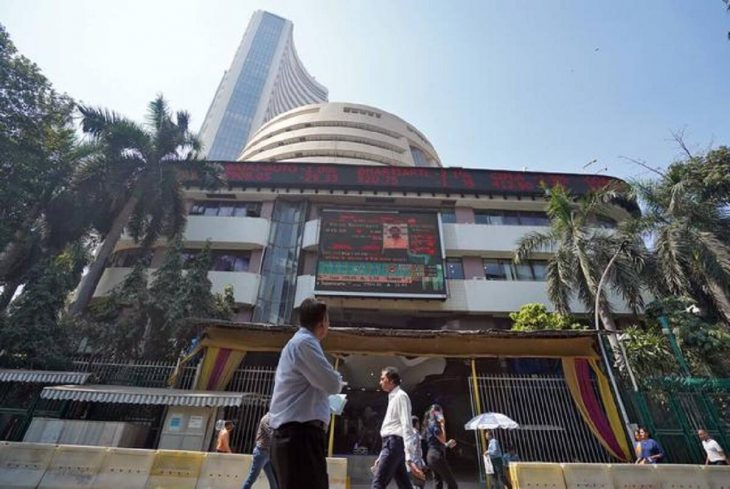India is heading towards a record year in terms of the money companies have raised from initial public offerings (IPO), aided by favourable market conditions and optimism among investors. The IPO rush witnessed this year has not only seen higher involvement from retail investors, but also institutional investors.
Unlike retail investors, institutional investors are usually big companies or organisations that invest money on behalf of other people. They could be mutual funds, pension funds, insurance companies and others.
Decoded: Why so many companies are going public in 2021
Institutional investors buy substantial stakes and they are also subject to a lower number of regulations in comparison to retail investors.
WHO ARE ANCHOR INVESTORS?
Institutional investors, like retail investors, have the option to start bidding for an IPO-bound company’s shares when it opens for subscription.
In addition, institutional investors also have an option to bid for shares at a pre-determined price band a day before the IPO opens for subscription.
In such a scenario, these institutional investors are termed as anchor investors.
WHAT IS LOCK-IN PERIOD FOR ANCHOR INVESTORS?
Anchor investors are guaranteed an allotment of shares a day before the IPO subscription process starts. Since they already acquire shares before the IPO subscription process, they are bound to hold the shares during the lock-in period and are not allowed to sell them before that.
At present, the shares issued to anchor investors are locked in for a period of 30 days from the date of allotment. While market regulator Securities and Exchange Board of India (Sebi) has proposed a longer lock-in period of 30 days, the present duration continues to be 30 days.
The lock-in period disallows anchor investors from suddenly selling shares, preventing fluctuations in share value for a limited period of time after a company is listed in the primary markets. However, some experts feel that the 30-day lock-in period still allows many institutional investors to get a fairly easy exit, and the time period should be increased further.
WHY SEBI WANTS LONGER LOCK-IN PERIOD?
Sebi has proposed in a discussion paper that a longer lock-in period is needed to protect the interest of other investors. It suggested that at least 50 per cent of the anchor book should have a lock-in of 90 days.
A lock-in period of 30 days allows anchor investors to sell their holdings just after 30 days, leading to substantial fluctuations in the stock price. According to experts, this significantly hurts the interest of smaller retail investors.
For instance, shares of One97 Communications, the parent firm of Paytm, dipped sharply by 13 per cent during Wednesday’s intra-day trading session as the mandatory lock-in period for anchor investors ended.
At one point, the stock was trading close to its record low of Rs 1,271.25. It may be noted that Paytm raised Rs 8,235 crore from anchor investors as part of its Rs 18,300 crore IPO. The company had allotted over 38 million equity shares to anchor investors at Rs 2,150 per share.
As of 12:15 pm on Thursday, shares of Paytm shares saw only a slight recovery after yesterday’s slump, rising over 1.27 per cent. However, the end of the lock-in period for anchor investors yesterday has hurt the company’s share value.







Leave a Reply